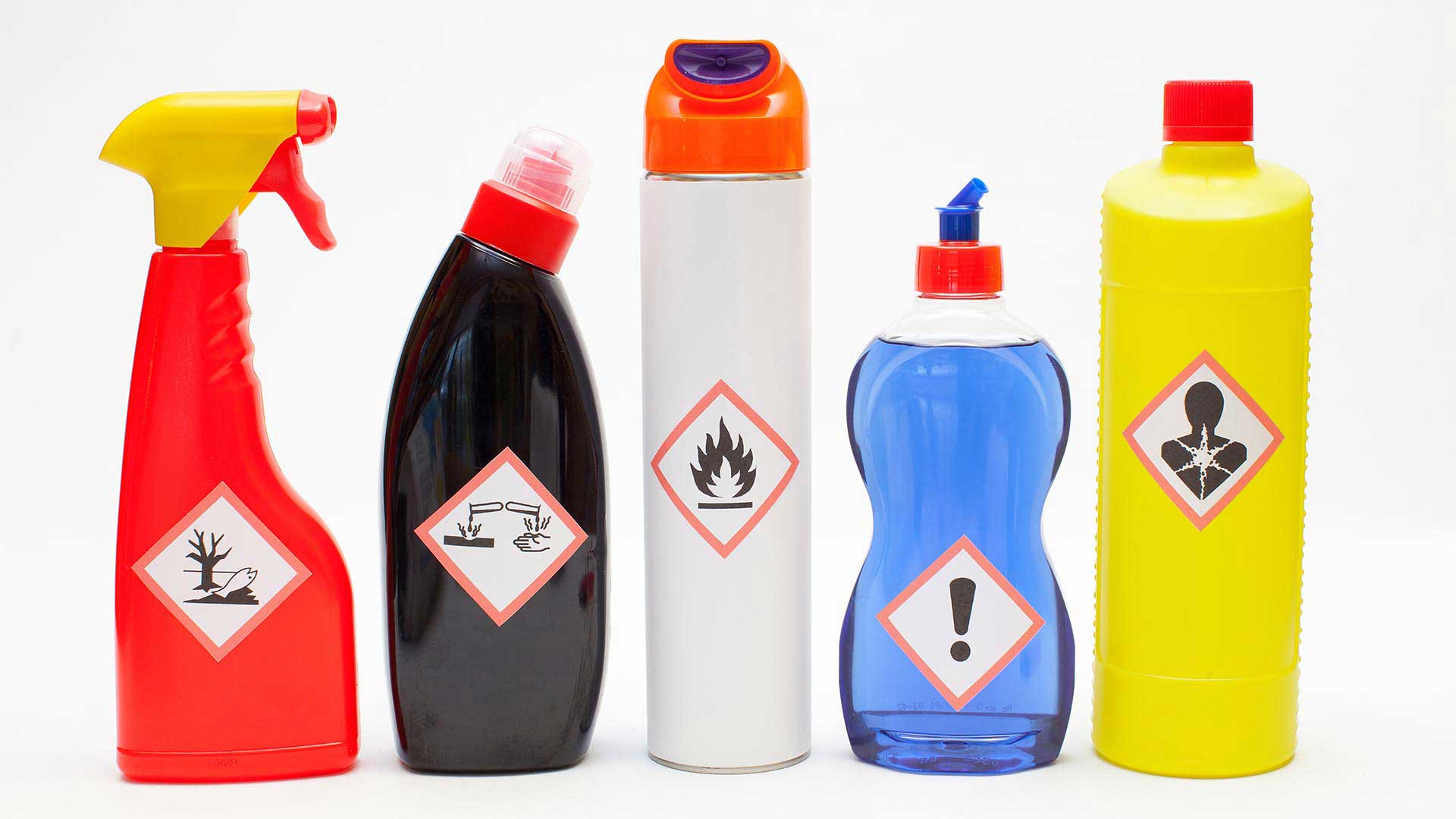Chemical properties are the characteristics of a substance that become evident during a chemical reaction. These properties are used to establish the identity of a substance and predict how it will behave under different conditions. In this blog post, we will delve into three fascinating examples of chemical properties: reactivity with water, flammability, and heat of combustion. These examples not only illustrate the concept of chemical properties but also shed light on their practical applications in various industries.
- Reactivity with Water
The reactivity of a substance with water is a chemical property that plays a crucial role in many industrial processes and natural phenomena. For instance, alkali metals such as sodium and potassium are highly reactive with water, producing hydrogen gas and alkali hydroxides. This reaction is exothermic, meaning it releases heat, which can ignite the hydrogen gas, leading to a fiery explosion. This property is harnessed in the production of biodiesel, where a catalyst (usually a strong alkali) reacts with vegetable oil and methanol to produce biodiesel and glycerol.
- Flammability
Flammability is another chemical property that has significant implications in various sectors, including construction, transportation, and fire safety. It refers to the ability of a substance to burn or ignite, causing fire or combustion. For instance, gasoline, a hydrocarbon, is highly flammable. When it reacts with oxygen in the air, it combusts, releasing heat, light, carbon dioxide, and water. This chemical property is exploited in internal combustion engines, where the combustion of gasoline propels the vehicle.
- Heat of Combustion
The heat of combustion is a chemical property that refers to the amount of heat energy released when a substance completely reacts with oxygen. Substances with high heats of combustion, such as propane and butane, are commonly used as fuels. The heat of combustion is a critical factor in the design of engines and power plants, as it determines the amount of energy that can be harnessed from a fuel. Moreover, it is also a key consideration in environmental science, as the combustion of fossil fuels contributes to global warming.
Conclusion
Understanding chemical properties is not just about knowing the theoretical aspects; it's about appreciating their practical implications and applications. The reactivity with water, flammability, and heat of combustion are just three examples of chemical properties that have a profound impact on our daily lives and the world around us. By studying these properties, we can make informed decisions about the use of substances in various industries, ensuring safety, efficiency, and sustainability.
